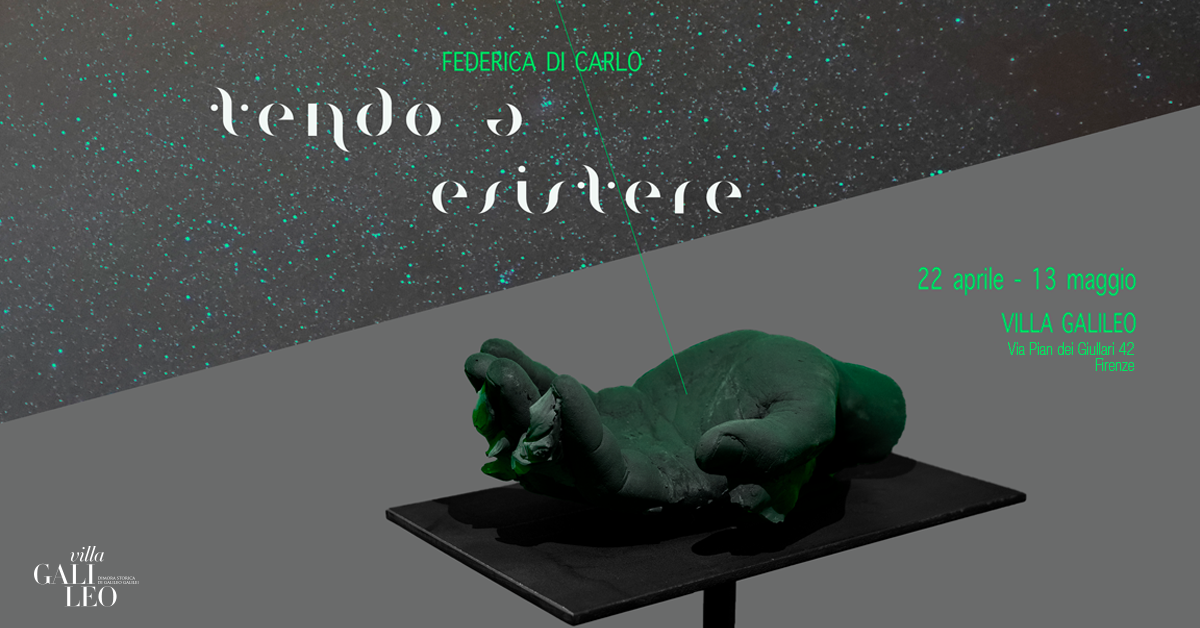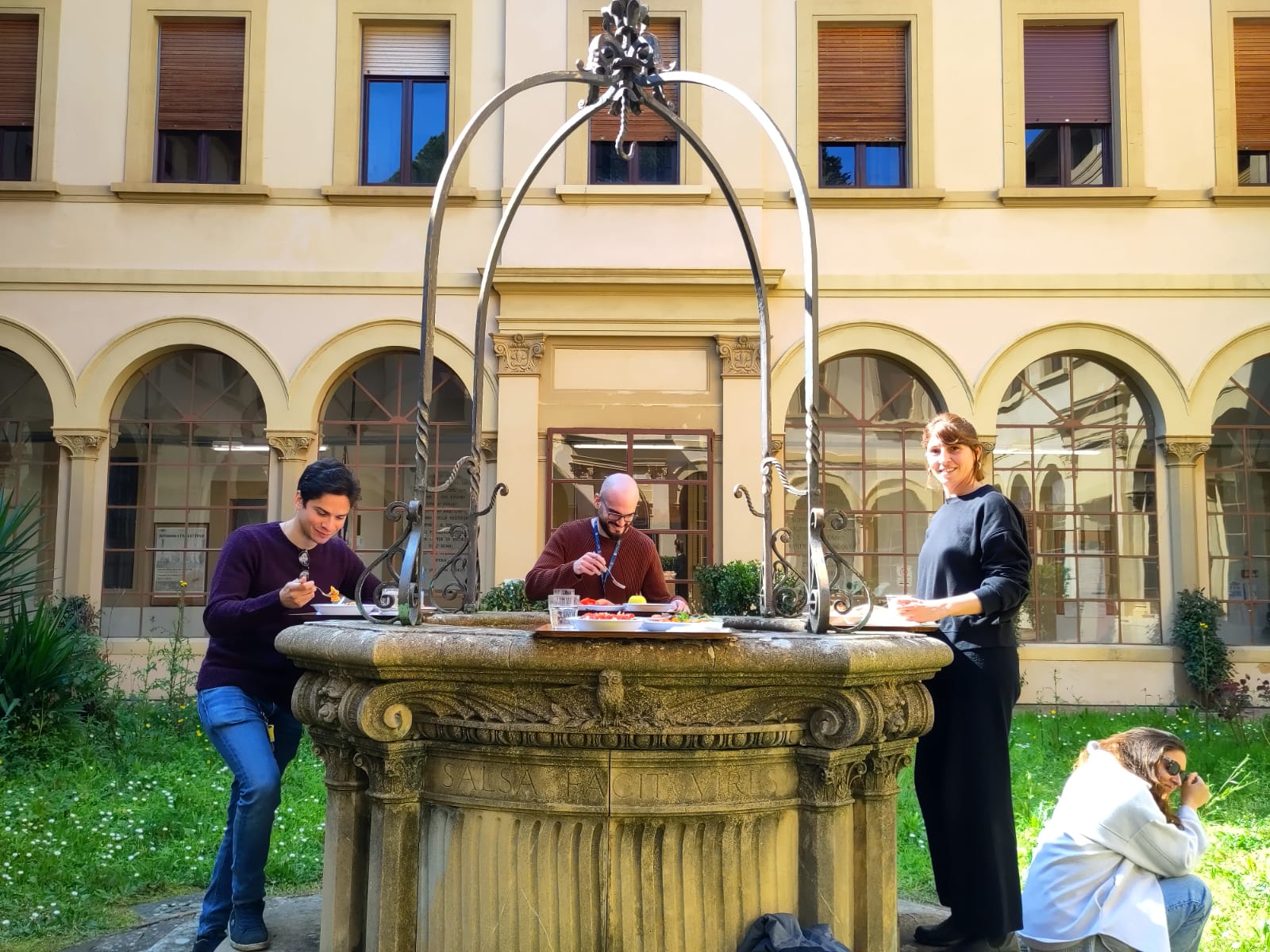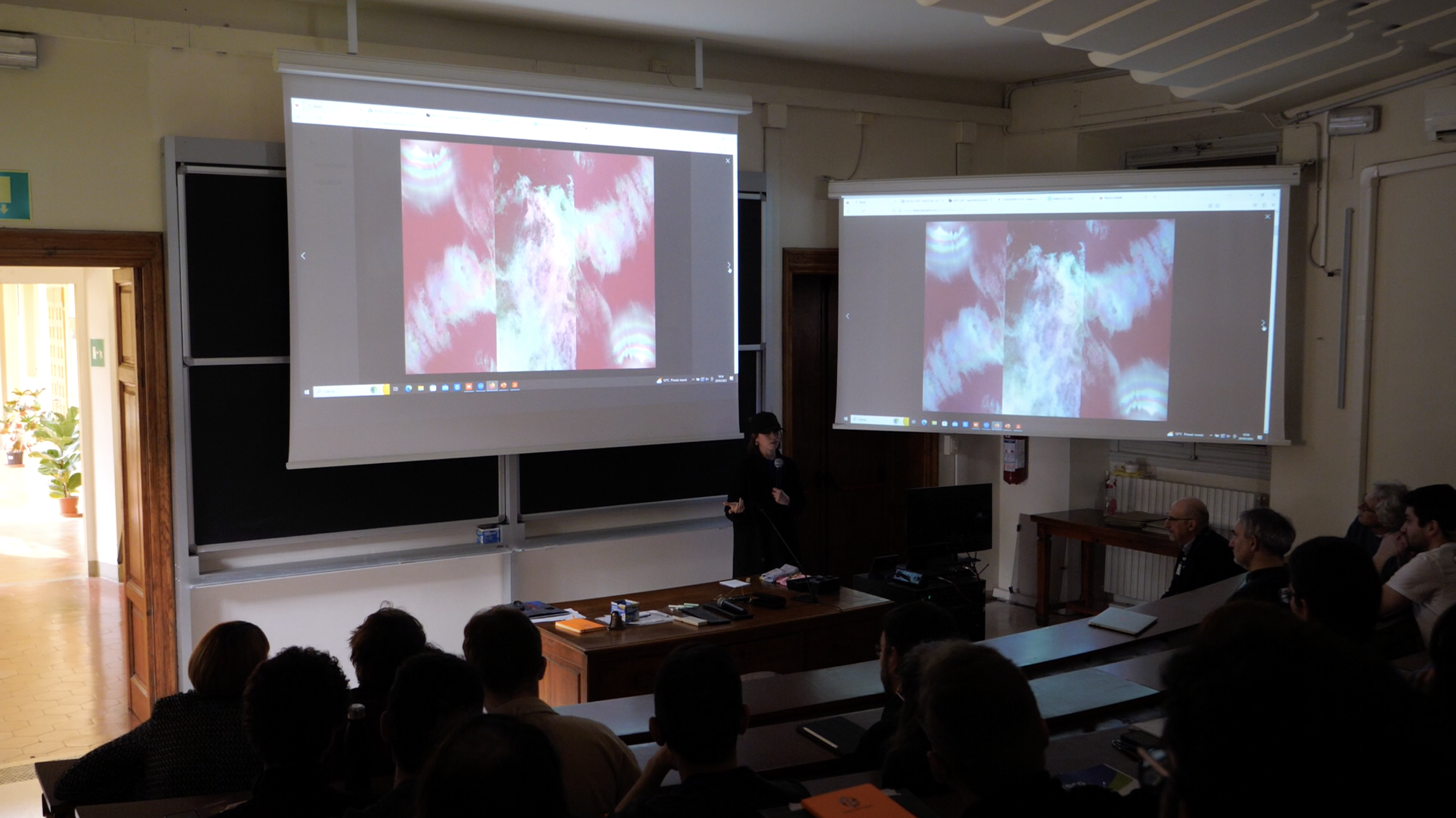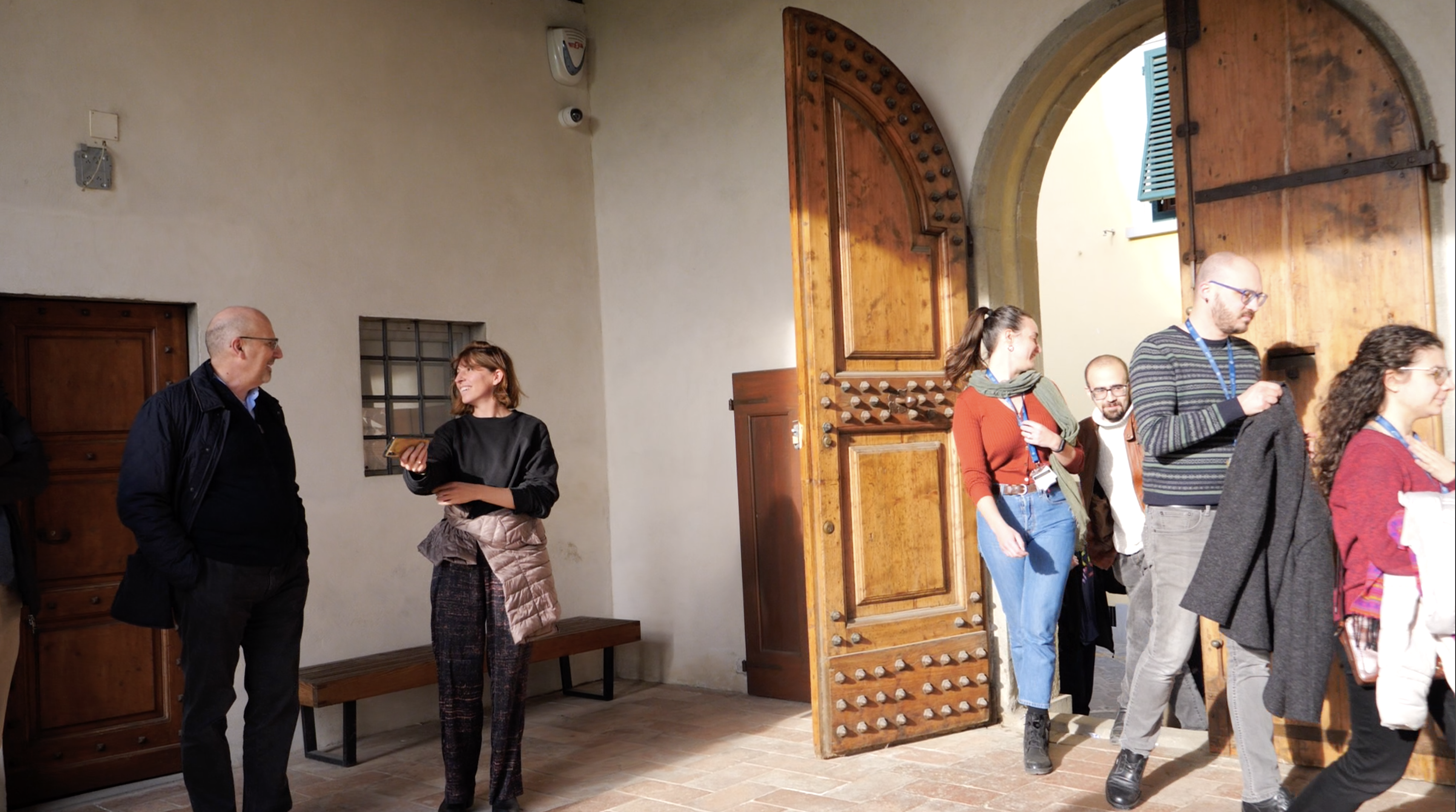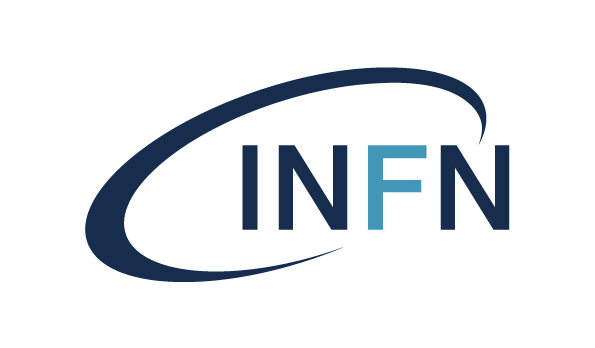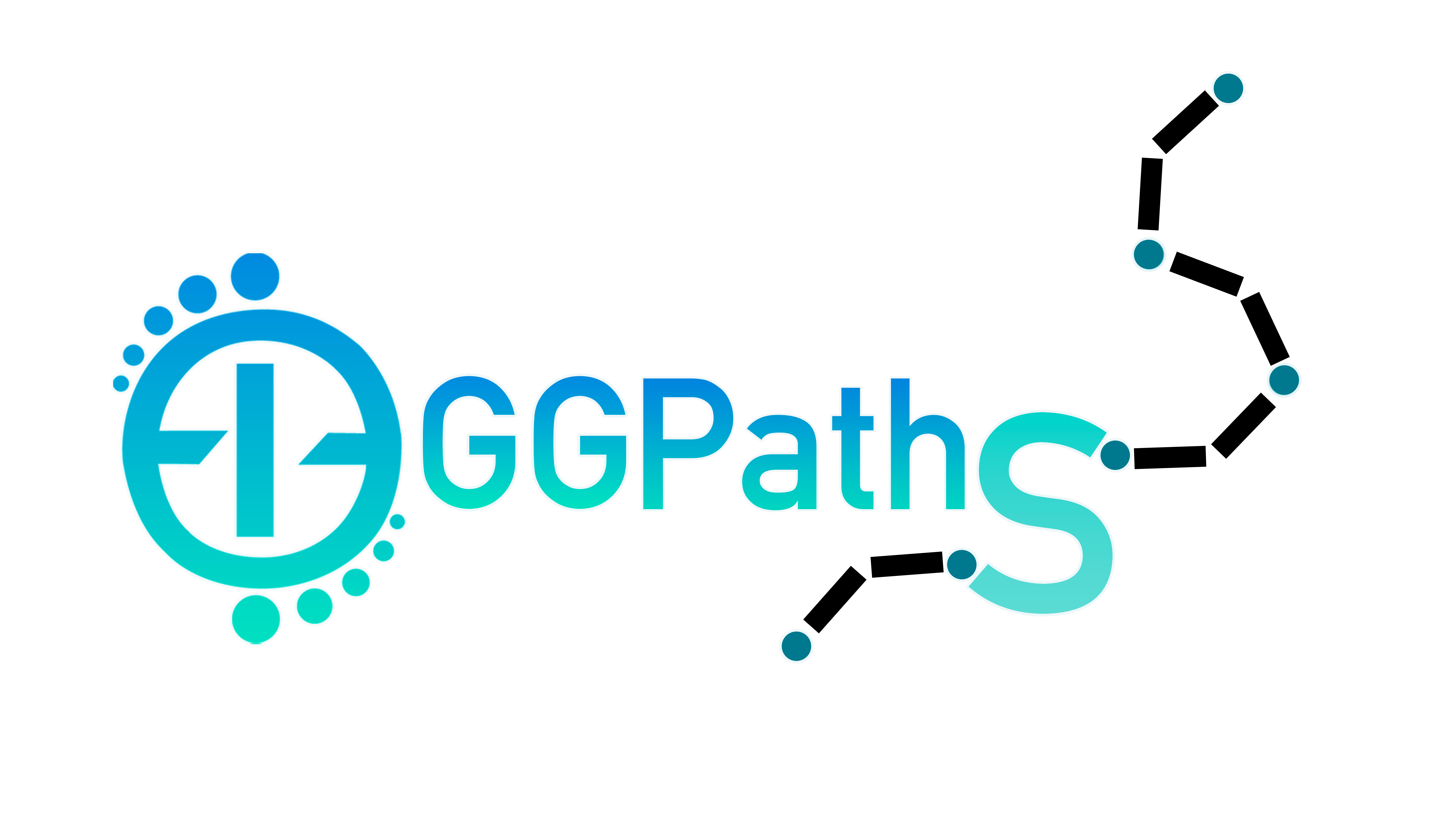
GGPaths: Science Pathways in Arcetri
Aiming at exploring the captivating synergy between art and science, the GGPaths activity consists of the design and development of multidisciplinary collective events, educational activities, public events and a multimedia platform in connection with the science paths in Arcetri, from the GGI to Villa Galileo.
This project opens the doors of this historic site, typically reserved for academic events, to the local communities. Through engaging exhibitions and cultural activities, GGPaths brings together contemporary art, science, history of science and the most pressing issues of today's society, inviting visitors to discover the rich heritage of human knowledge, weaving together past discoveries and future research.
Curated by Pietro Centorrino and Valeria D'Ambrosio, technological research fellows at the GGI, the program invites national and international emerging artists for a residency in dialogue with the scientists from the GGI and the other research institutes on the Arcetri hill, fostering unique exchanges and creative exploration. The art residencies culminate in thought-provoking exhibition projects, accompanied by interactive workshops and insightful conferences aimed at unraveling the complex themes of contemporary physics and their interaction with the society.
The first public event within the GGPaths project is SHE SCIENCE (Oct. 21, 2021) to promote the role of women in scientific research through meetings, experiments, readings and experimental music.
The following two-year program, titled GRASPING THE COSMOS, was structured in three phases: "Il Senso delle Stelle I" (March-May 2023), the X edition of the French biennial "La Science de l'Art" (September-December 2023) and "Il Senso delle Stelle II" (March-May 2024).
The activity relates to the GGPaths Project code 291518 (CUP I15F21001500008) submitted in response to the "Call for Research Grants 2021" published on February 3, 2021 in the Official Bulletin of the Tuscany Region. It is part of the Regional Research, Development and Innovation Project and is included in the framework of "Giovanisi" project of the Tuscany Region.
Pietro Centorrino
Biophysicist and educator, his research focuses on the interaction between science and society through artistic languages and community science. He has worked as a physicist in modelling and managing visitor flows within the Galleria Borghese and Peggy Guggenheim Collection, and developed a participatory monitoring project of the Elsa river. He taught at high schools, at the penitentiary of San Gimignano, Northeastern University, and Università Ca' Foscari in Venice. He is part of the Scienza Radicata project, which provides scientific support to vulnerable communities.
Valeria D'Ambrosio
Art historian and contemporary art curator, her research focuses on the valorization of museum collections and multimedia archives. She has worked as an assistant curator in international museums, galleries and archives including the Scottish National Gallery of Modern Art in Edinburgh, Pace Gallery in Beijing and Archives Jean Painleve in Paris. Since 2018 she has been collaborating with the Natural History Museum of Florence as a curator for the valorization of the permanent scientific collections through contemporary art, technological innovation, audience development and engagement practices. With her institutional assignments in public and private cultural institutions, she always associates an independent curatorial activity focused on the relationship between art, science and sustainability.
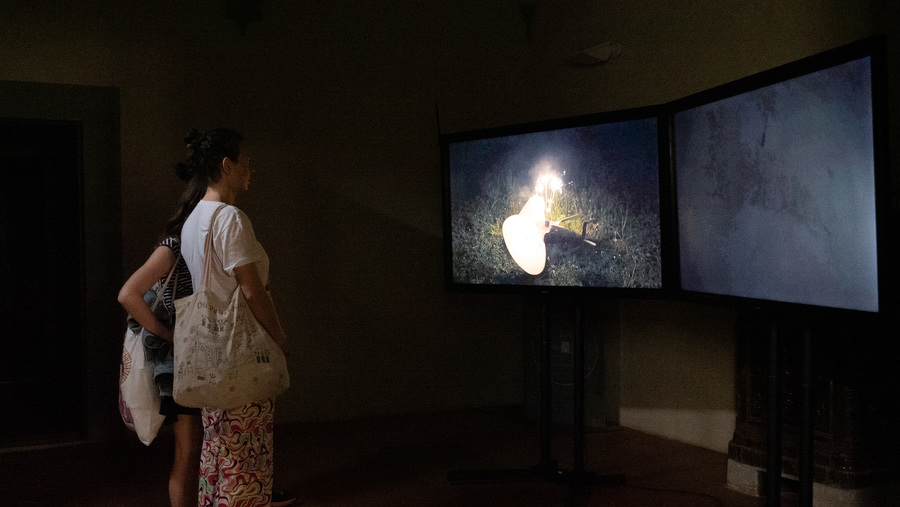
GRASPING THE COSMOS
Outreach program
March 2023-May 2024
Merging Art and Science Art and Science at Villa Galileo, Sept 30,2023 to Nov 26, 2023
For the second phase of GRASPING THE COSMOS, a project born from the collaboration between Sistema museale d'ateneo di Firenze and GGI, Villa Galileo participated in the X edition of the French biennial La Science de l'Art. Organized by the Collectif pour la Culture en Essonne, for the first time in twenty years, the biennial goes beyond French borders and finds an international venue at Villa Galileo where European artists and scientists are collaborating on hybrid projects between art and science.
The two artists selected from the international call Maeva Ferreira Da Costa and Tina Salvadori Paz have succeeded one another between France and Italy to create new works through the dialogue between science, history of science, artistic practices, and society. The common thread of the two exhibitions has been the theme of TIME, which inspired a collective reflection on the most recent discoveries in the fields of cosmology and quantum physics, and their intercorrelation with society and our way of understanding time. The two artists conceived their exhibitions, which lasted from October 14 to November 26, after a residency at Villa Galileo which ended on September 30 with an open studio.
Curated by Valeria D'Ambrosio, the exhibitions aim to undertake a reflection on the most recent discoveries in the fields of cosmology and quantum physics and have been accompanied by a satellite program to approach the scientific contents that inspired the artists, thanks to the collaboration with scientists coming from some of the major research centers in Europe, such as the INFN, the INAF, the Sorbonne Université, the Scuola Normale Superiore of Pisa, the University of Heidelberg and the Aalto University of Helsinki. Through a series of laboratory and experiential activities, physicist Pietro Centorrino has guided the public into a journey through time between past, present, and future without age limits.
Residency and Open studios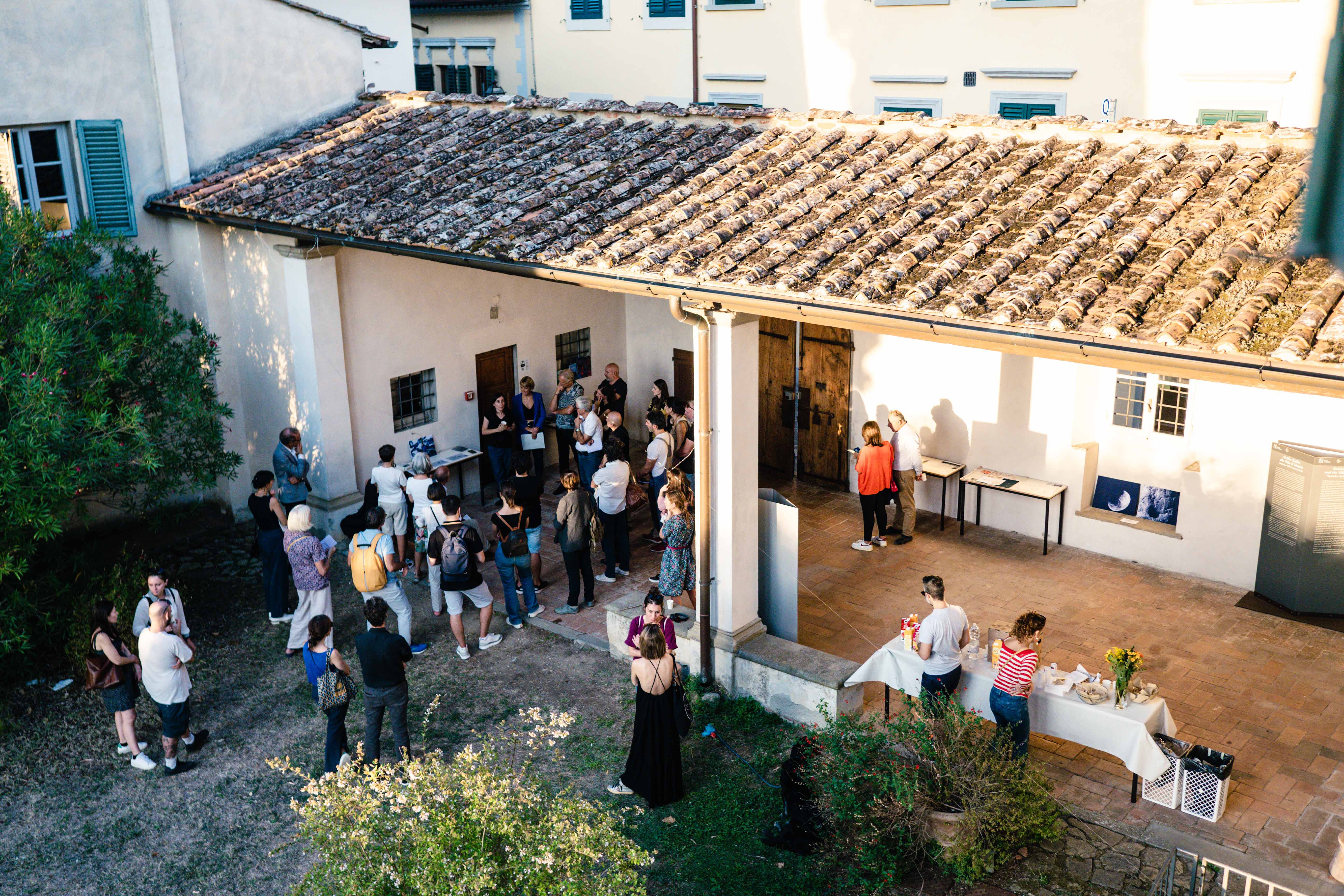 |
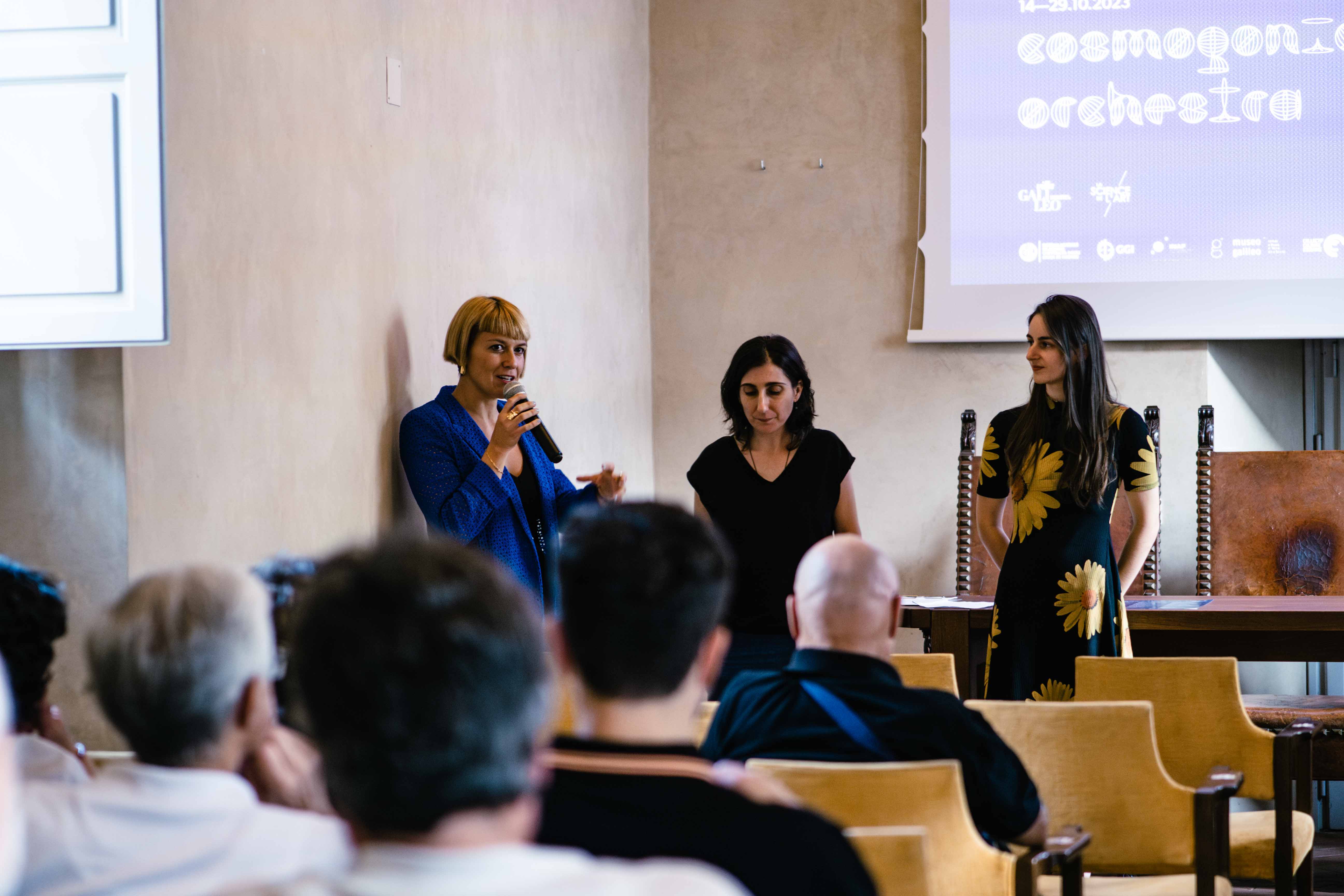 |
This new phase has been enriched by two important local collaborations with the Museo Galileo and the INAF - OSSERVATORIO ASTROFISICO DI ARCETRI
The event included in the program of Florence Art Week, BRIGHT - NIGHT IN FLORENCE | European Night of Researchers, and as an initiative from off calendar of L'Eredita' delle Donne 2023 festival.
The project was realized with the contribution of Fondazione CR Firenze in collaboration with LikeYou.
On Saturday, October 14th, at Villa Galileo, we inaugurated "Cosmogonic Orchestra" the first solo exhibition in Italy by the French artist Maeva Ferreira Da Costa, which concluded on October 29th. The exhibition reflected on the interdependence between various anthropological narratives associated with the birth of the universe and the multiple ways in which scientific data cyclically attempted to surpass theories of the past in search of increasingly demonstrable solutions. The exhibition was enriched by numerous experts who told captivating stories on the origins of the cosmos, the several possible physical explanations for the origin of time, the cosmic background radiation, and how we use our past to build our own identity.
Our theoretical and technological tools provide us with an increasingly clear image of the "origin", but they also reveal physical limits that hinder the understanding of a phenomenon so deeply connected to ourselves, which has fascinated scientists, artists, and inspired cosmologies and theories to the limits of the imaginable.
Cosmogonic OrchestraOn Saturday, November 11, we inaugurated "An Entangled Time Machine" a solo exhibition by the Italian artist Tina Salvadori Paz. The exhibition explores various research perspectives on time and the act of measuring it, visualizing them through mechanical and electronic devices that, together with visual elements, suggest alternative ways of conceiving the relationship between the past, the present, and the future. The exhibition takes also a quantum physics perspective, introducing concepts such as the superposition principle and entanglement. concepts such as the superposition principle and entanglement.
On this occasion, the satellite program focused on the present and the future. Many experts from various disciplines took turns to discuss how we define our present time. We discovered that this parameter, so inherently human, could arise from a quantum phenomenon like entanglement but also that our definition of the present can change: shifting from the environmental cycles and celestial bodies' position to the incredibly precise atomic clocks.
We are inevitably connected to a multitude of different time scales, all these relationships generate our time, and we can take care of them, what is care if not dedicating time? All of this has provided us with a glimmer of hope for a more shared future, a future of care, where we can dedicate our time to ourselves, our neighbors, our faraway ones, and our environment that supports us and is strongly affected by us.
"We are not a grain of sand inside an hourglass, we are a seed nurtured by the earth."
GRASPING THE COSMOS is a project created with the contribution of Fondazione CR Firenze as part of the "GGPaths: sentieri di scienza in Arcetri" project co-financed by the Tuscany Region and curated by Valeria D'Ambrosio and Pietro Centorrino.
Exhibition, Apr 22, 2023
''Il senso delle stelle'' is the first part of ''Grasping the Cosmos'', a project born out of the collaboration between the Galileo Galilei Institute for Theoretical Physics (GGI) and the Sistema Museale di Ateneo (SMA) to create a cultural program in dialogue between art and science at Villa Galileo, the house where Galileo lived the last eleven years of his life (1631-42).
And it is here that the first artist residence was held in March 2023 for the production of an exhibition project through a confrontation between contemporary artistic languages and scientific disciplines.
The young italian artist Federica Di Carlo whose work spans various fields of physics and astrophysics, was selected for this first experiment. During the residency, the artist participated in the GGI ''Theoretical Aspects of Astroparticle Physics, Cosmology and Gravitation'' school of advanced PhD training
Among the topics covered and elaborated during the school, in dialogue with young theoretical physicists from all over the world, the artist had the opportunity to deal with basics concepts and experiments of gravitational waves, neutrinos, dark matter, galactic and extragalactic cosmic rays and gamma rays.
Valeria D'Ambrosio is the curator the exhibition dedicated to the restitution of this hybrid residence between art and science and aimed at recounting some of the most fascinating theories about the nature of the cosmos.
The general public can freely enjoy Villa Galileo and its gardens every Saturday from April 22 to May 13. Titled ''Tendo a esistere'', Federica Di Carlo's project focuses on the continuous and incessant movement of information traveling into and beyond the Earth's atmosphere through light and cosmic radiation. These "celestial messengers" are ghostly, silent, elusive and often invisible particles that come from more or less remote sources, such as the Sun, distant stars, black holes to the primordial expansion that gave rise to the universe. During the opening days of the exhibition, scientists will take turns for four consecutive Saturdays in the rooms of Villa Galileo to recount methods, tools and perceptions that enable us to understand the great "Book of Nature."
A rich collateral program, curated by Pietro Centorrino, will also allow the public to explore and experience Galileo's scientific method on the occasion of the 400th anniversary celebration of "Il Saggiatore" (1623).
"Il senso delle stelle" is also made possible thanks to the contribution of CC3M - Third Mission Coordination Committee of INFN
